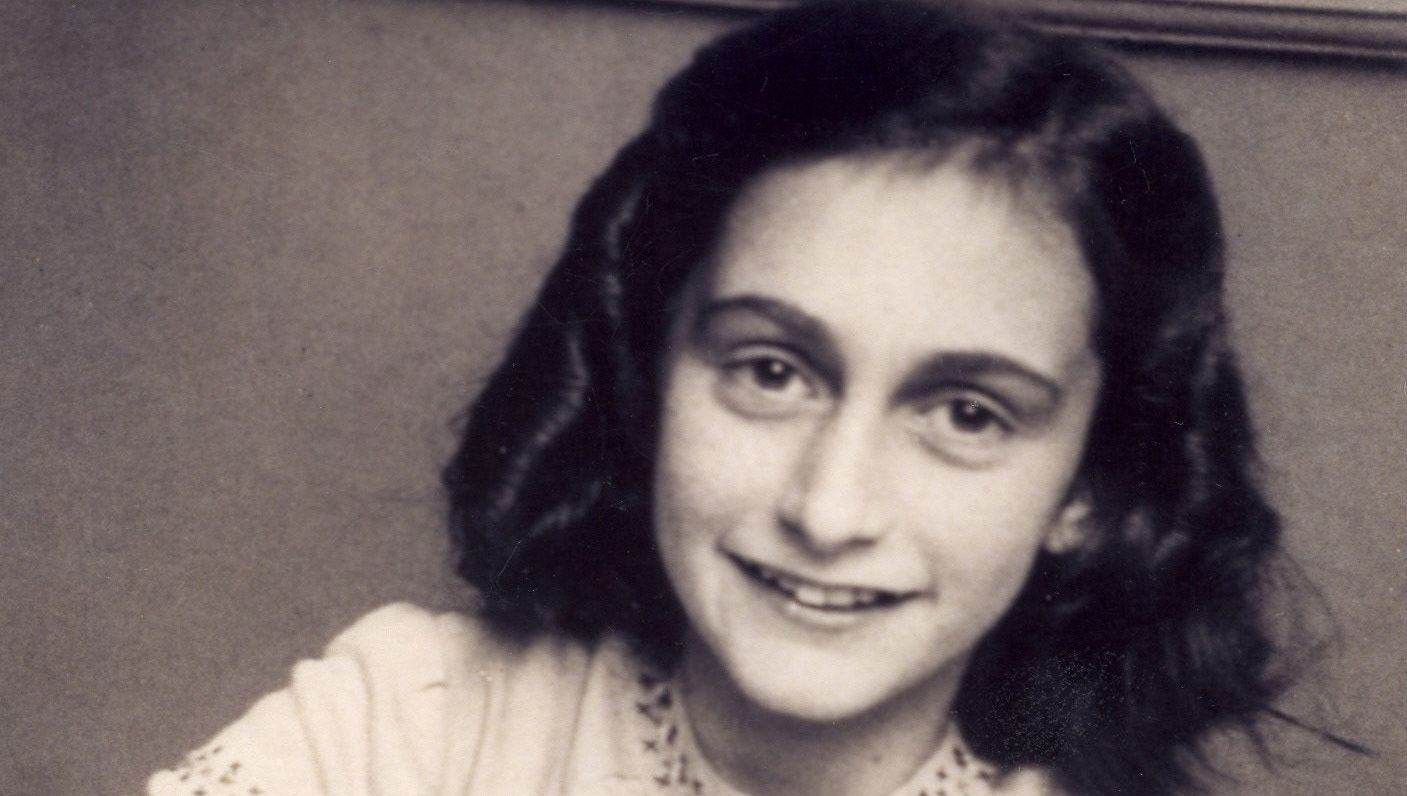Anne Frank didn’t want us to read these newly discovered diary entries. Should we?
Anne Frank’s diary is famous for its final passages on the essential goodness of humanity. But taken as a whole, the book is remarkable for its mundaneness: Frank worries about avoiding stuck-up girls, receiving a good report card, getting along with her mother, and attracting the attention of boys.


Anne Frank’s diary is famous for its final passages on the essential goodness of humanity. But taken as a whole, the book is remarkable for its mundaneness: Frank worries about avoiding stuck-up girls, receiving a good report card, getting along with her mother, and attracting the attention of boys.
Yesterday, Amsterdam’s Anne Frank House, where the original manuscript of The Diary of a Young Girl is kept, announced that it had discovered two new pages of diary text—which offer even more insight into Frank as a real-life teenager. But the discovery also raises complicated questions about authorship and privacy.
In her original diary, Frank had covered up the two pages with brown paper; researchers were recently able to decipher those pages for the first time without damaging them. The text has “five crossed-out phrases, four ‘dirty’ jokes, and 33 lines about sex education and prostitution,” according to the museum site, and is now available in Dutch (pdf).
It’s worth remembering that the diary most people know wasn’t a true private diary. At 13, before her family went into hiding, Frank started keeping a diary. After she heard a Dutch politician mention on the radio that he wanted to collect firsthand accounts of the German occupation, Frank started rewriting and editing her diary for future publication. The version readers know today was published by her father after the war was over and Frank had died; it’s an edited combination of the original and revised diaries. Among other things, Frank’s father left out some passages about his daughter’s emerging sexual curiosity.
So The Diary of a Young Girl is already different from the version Frank intended the world to see. Still, does the public have a right to read the “dirty jokes” a teenage girl makes to herself in private?
“The diary of Anne Frank is a world heritage object with great historical value, and this justifies research into it,” the museum writes on its site. “Research into Anne Frank’s qualities as a writer means research into the process of deliberation and of writing and deleting, as this can be deduced from her diary texts. …From an academic point of view, making them accessible is just as much a matter of course as revealing a hidden image beneath a painting by Rembrandt.” (The Anne Frank House declined to comment further.)
Research into all marginalia of Frank’s writing may indeed be justified, but public consumption is another matter. The publication of the new pages shows that yet again, when it comes to beloved writers, mere existence trumps privacy: Harper Lee’s half-finished manuscript, everything Frankz Kafka wrote, Vladimir Nabokov’s The Original of Laura, an unfinished story from Dr. Seuss, a posthumous book from Maurice Sendak—the list is quite long. Judging by the Frank pages, that’s true even if the writer is valued more for contributing an historical artifact than for her creative output, and even if she was pubescent.